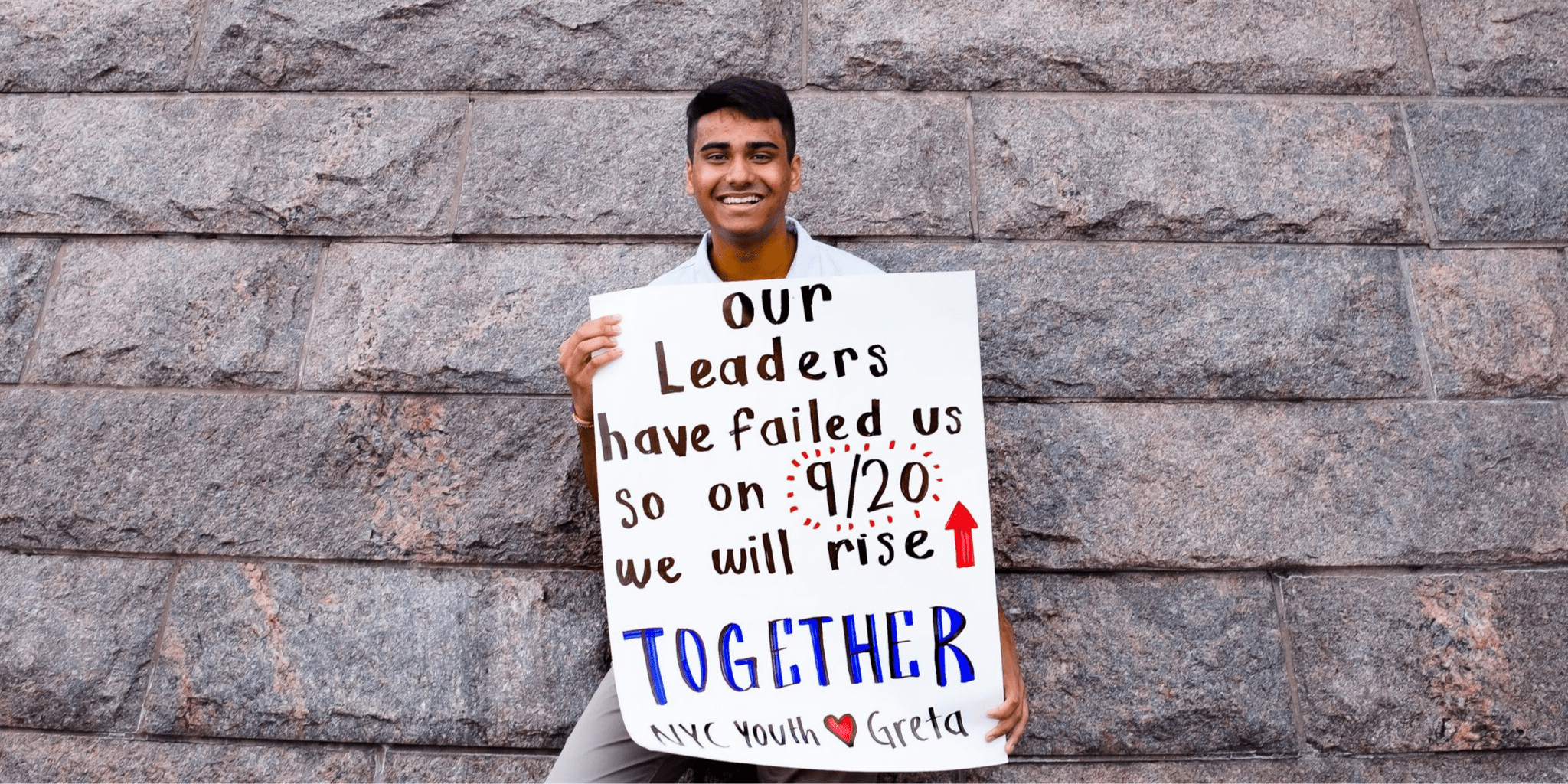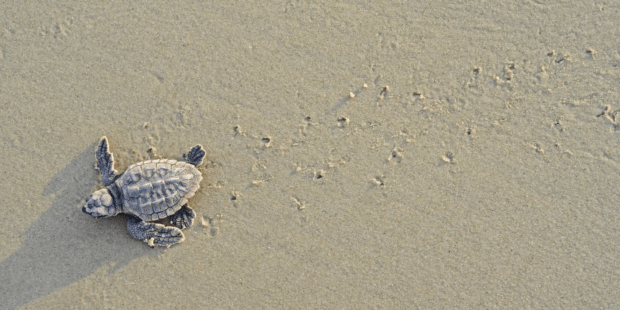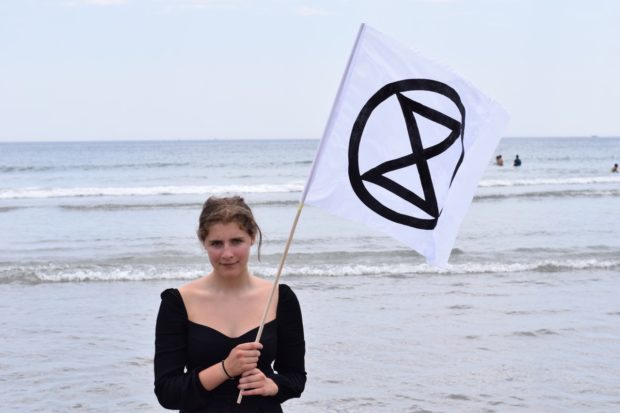We have much more to do and your continued support is needed now more than ever.
Stand with Youth and Wildlife for Climate Action

On Friday, September 20th, millions of people from around the world will walk out of their schools, workplaces and homes to join the youth-led Global Climate Strike to demand action on climate change and justice for everyone. After multiple reports highlighting the dire situation facing our planet andwildlife, one thing has become abundantly clear: our younger generation deserves to be heard. The National Wildlife Federation stands in solidarity with global youth to deliver this important message.
Greta Thunberg, a Swedish teen who started the Fridays For Future movement to urge her government to fight climate change, has inspired a generation to demand adults and their governments act on climate at the scale and speed the science tells us is necessary. National Wildlife Federation is joining with many other adult-led organizations to support the U.S. Climate Strikes and other youth leaders like Greta nationwide. We are joining strikers and other climate events in cities across the nation – including New York City, Washington D.C., Seattle, St. Paul, Missoula, Tampa, and Houston – and working with schools and youth-led events in communities throughout the country.
You canRSVP to join the strike closest to you – and we hope to see you marching with us. But if there isn’t a strike in a city near you, or you are unable to join a strike event, there are many ways to show your support and take action. You can make sure that wildlife still have a voice by adding your name in support of the youth-led climate strike.
Take Action!
Wildlife and the Climate Crisis
Many American species depend on a stable climate for survival. Shorter, milder winters due to climate change are already harming wildlife across the country. For example, these milder winter temperatures have allowed ticks to flourish, causing weight loss and anemia in moose calves. Bighorn sheep, lynx, and wolverines are threatened by reduced snowpack in the winter, which they rely on to provide sources of water in the spring. Snowshoe hares, which normally turn from brown to white in the winter to blend in with the snow, stand out as white creatures against a snowless background, making them more vulnerable to predators.

Besides the effects on wildlife of shorter winters and warmer temperatures, many coastal species are threatened by sea level rise. Sea turtles and shorebirds are losing coastal nesting grounds, and Hawaiian monk seals — already endangered — stand to lose critical portions of their habitat.
Wildlife can’t wait. It’s time for climate action to protect the most vulnerable species and communities.
National Wildlife Federation Stands With Students
The National Wildlife Federation and our Eco-Schools USA program are proud to stand in solidarity with youth and student leaders across the country in calling for climate action. We value education and time spent in the classroom as well as civic engagement in important issues. The climate crisis will disproportionately affect both wildlife and vulnerable human communities – including low income communities, communities of color, and young children and the elderly. We need decisive action right now to both prevent climate change from dramatically worsening, and to increase the resilience of the most vulnerable communities to climate impacts like drought, flooding, natural disasters, poor air and water quality, and heat-related illnesses.

We encourage teachers, students, and others to participate this Friday and in future climate strikes, as long as student action and participation is safe and supported by school administrators, staff, and parents. Our nation’s largest school district, New York City Public Schools, has shown its support for the strike as well by announcing that they will excuse the absence of any of its 1.1 million students to attend the strike, if they have a note from their parents. Many other schools districts are supporting students and teachers alike by assigning no homework before or after the strike, fostering classroom discussions and assemblies and implementing environmental service projects.
And many administrators and teachers espouse the value of civic engagement in the education of their students. “Creating opportunities for students to learn about the world around them and apply this learning to solving authentic problems in their daily lives, as engaged citizens advocating for community resilience to climate change, builds a STEM literate population for the future,” says Lisa V. Milenkovic, Ph.D., the STEM and Computer Science Supervisor for Broward County Public Schools.
National Wildlife Federation provides curricula and learning opportunities to build climate literacy, engage students in civic activities and conservation projects, and empower them to take an active role in shaping a more sustainable and climate resilient future.
Many of the youth leaders around the country have experienced the effects of climate change first hand:

“In Lerma, [Mexico], the rainfall of 2015 flooded my town, new factories contaminated the air, and buildings were sinking into wetlands. Economic instability and air pollution were the things that pushed my family out of my home. When moving to New York, I realized that the climate catastrophe follows you. It is the one issue that affects everyone, everywhere, but it’s affecting marginalized communities the most. This crisis is our present, but we cannot let it be our future. That’s why youth across the globe are uniting against corporate power, against climate racism, and against the deterioration of mother earth.”
– Xiye Bastida, youth climate activist from New York
They understand the science:

“The science is telling us that by the end of this century, Seattle and most other coastal lands will be almost completely underwater. That’s terrifying for a teen to hear. What’s more terrifying is knowing that before that, we will be facing many other climate catastrophes — extreme heat, fire, drought, hunger, ‘natural’ disasters, air pollution, and so much more. That is, if we don’t act now. This is why I want to empower fellow youth (adults, too!) and show them that we can all stand up to those in power and tell them that we deserve to have a livable future. Our generation has so much more to say.”
– Maria Suchoski, youth climate activist from Seattle
Why you should participate:

“A year ago, I never would have imagined identifying as a ‘climate activist.’ But in a world where good news is scarce and youth voices get drowned by polluters, activism is a way for us to make ourselves heard.
“…Organizing and protesting gives me hope. I’ve watched over the last few months as youth across the globe have rallied around the common goal of justice. And not only that, but direct action works – we’re seeing results as countries begin to take climate action.
“However, we still have a long way to go, which is why we’re asking everyone, no matter how old you are or where you come from, to join our strike on September 20th. Because to win this fight we must be united – will you join us?”
– Sophie Anderson, youth climate activist from New York
National Wildlife Federation works with schools every day to provide resources, support and training so that everyone, especially youth, can meet the challenge of a new climate reality and take an active role in shaping a more equitable and sustainable future. The rallying message of the youth-led climate strikes is that we must do more and we must demand our leaders in government act to protect air, water, land and wildlife for all people.






















